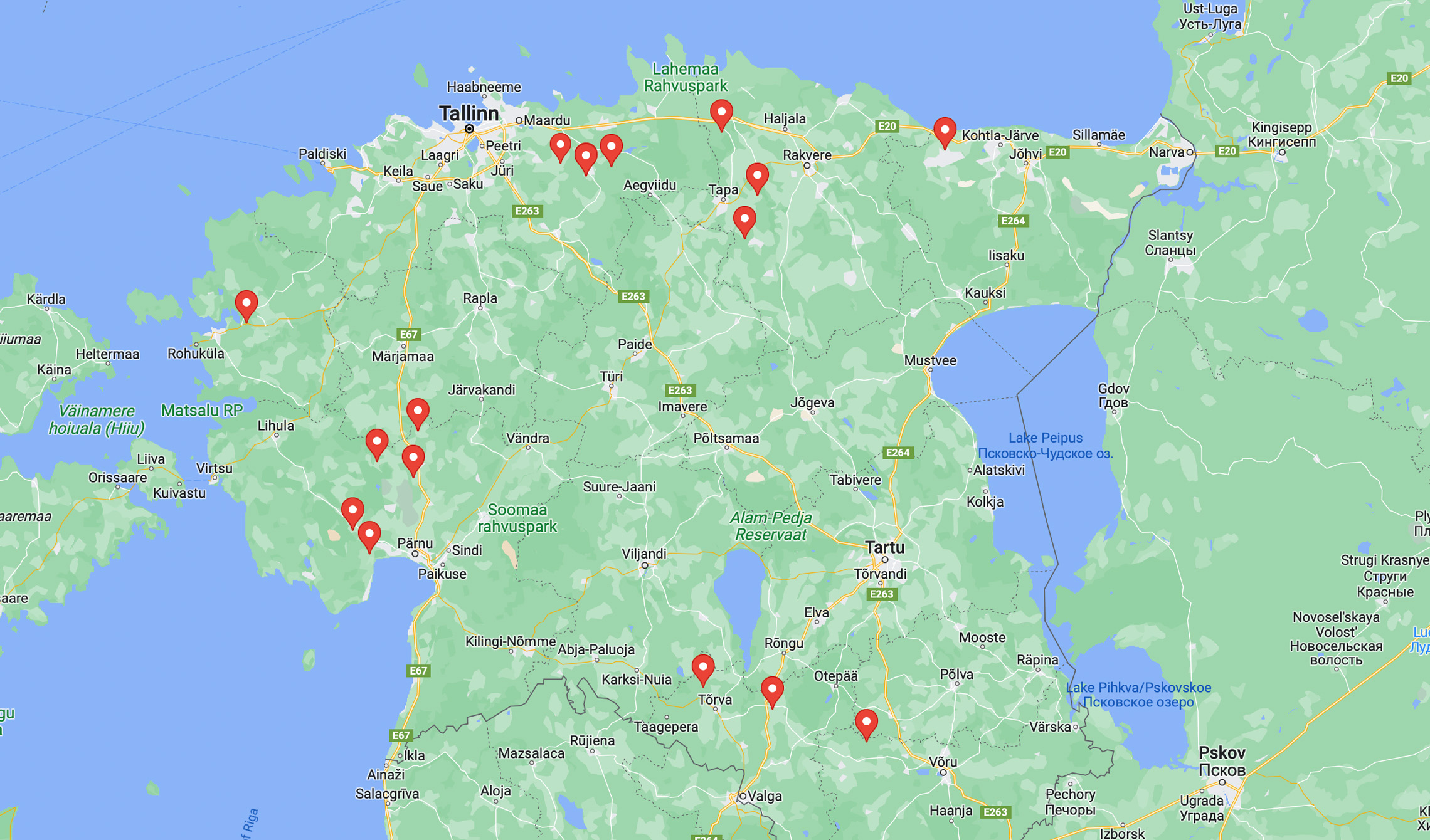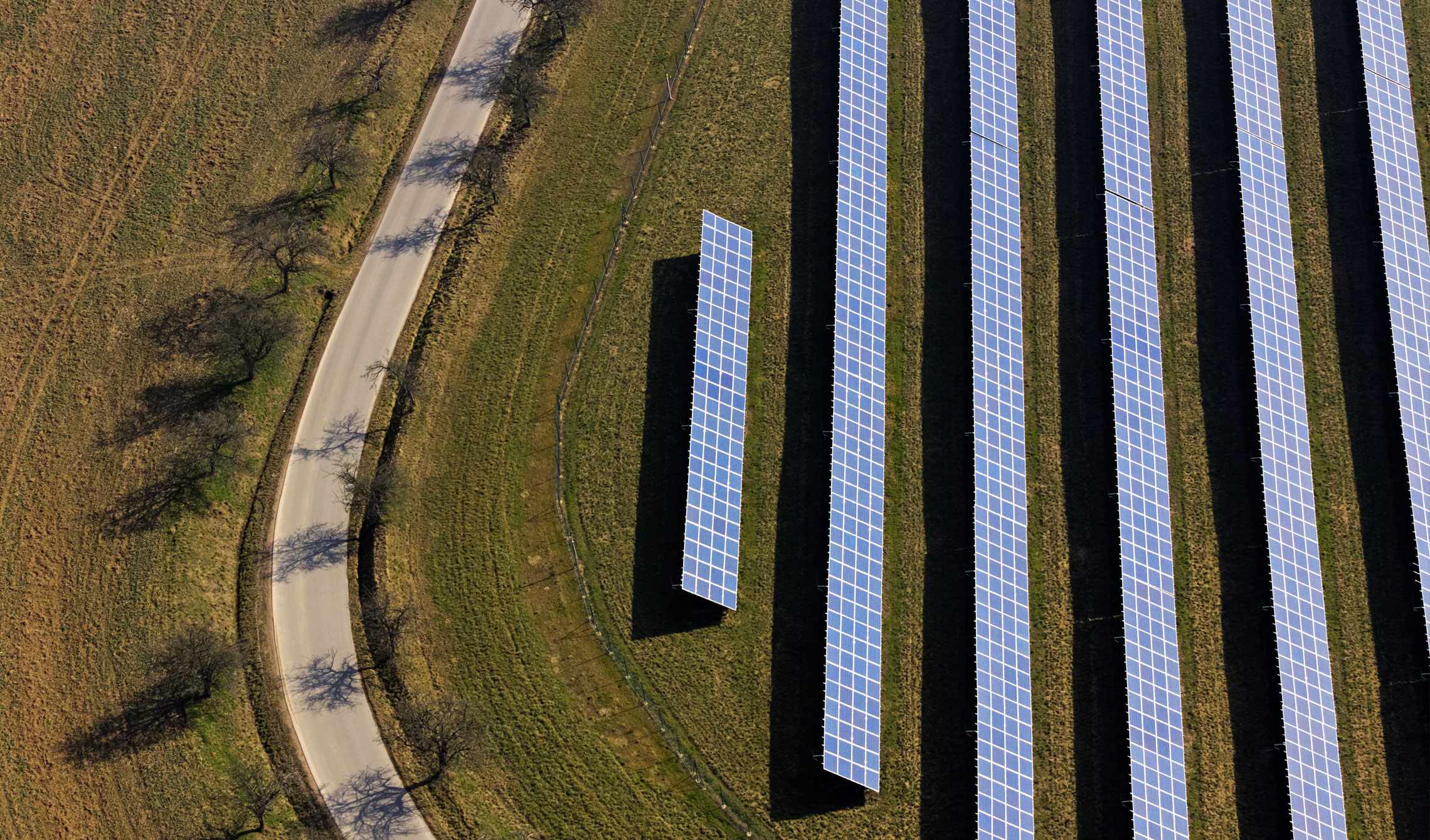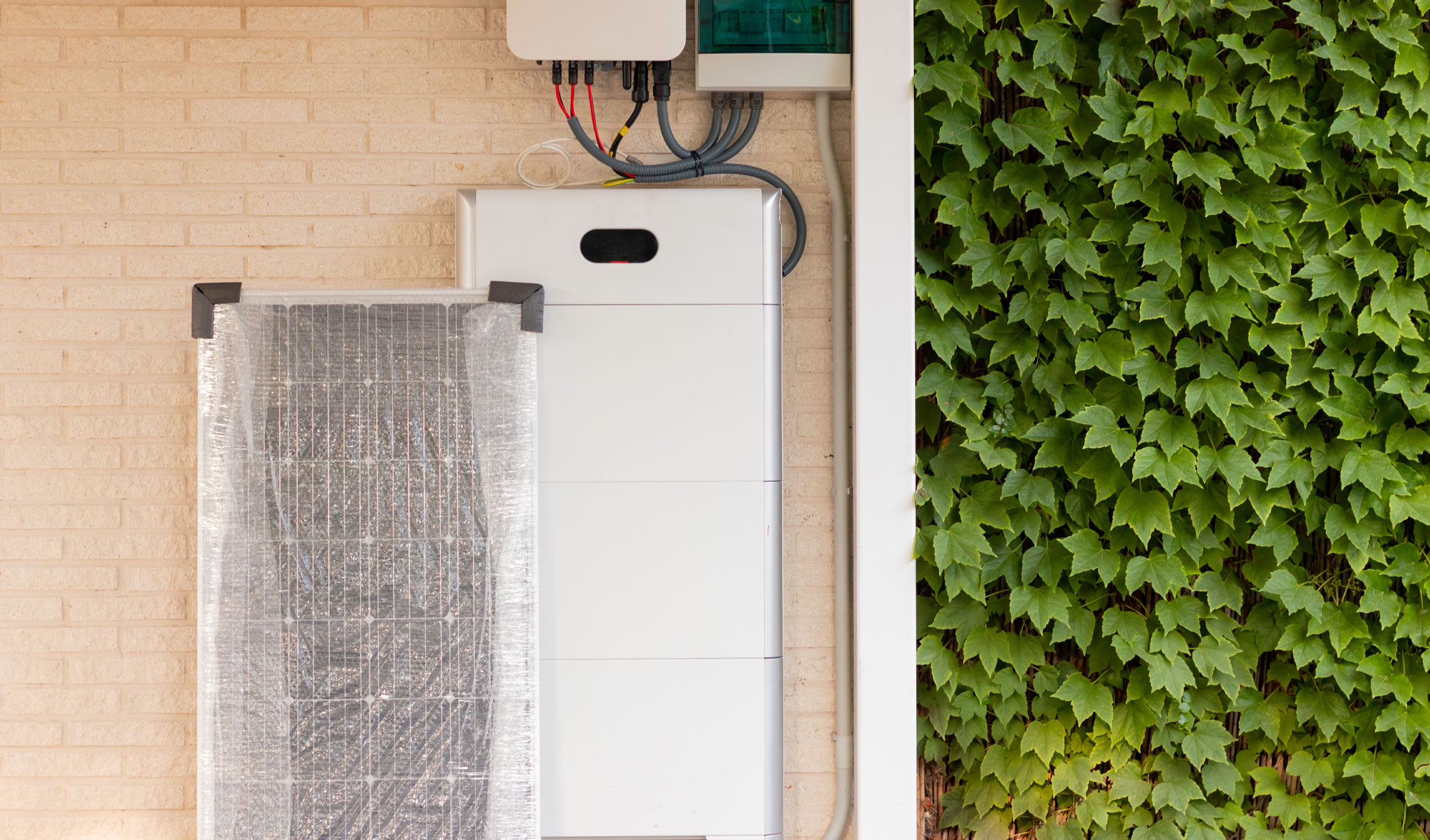Company
At Sunsa, we're making great strides towards a more sustainable future, with a range of solar and wind parks across Estonia.
Sunsa takes a fresh approach to solar park development and energy production. By harnessing the limitless power of the sun and the wind, we're committed to preserving the delicate balance of our natural world. A decisive step towards renewable energy has been made worldwide, and Sunsa is at the forefront of this movement. We're actively developing state-of-the-art wind and solar energy parks across the Baltic region and Poland, powering the world towards a cleaner, greener future.
About Us
When it comes to our park structures, we use the latest technology, including highly efficient bifacial solar panels and low-power, silent wind turbines that stand up to 30 meters high, with minimal impact on the environment. Thanks to this eco-friendly approach, our parks blend seamlessly with nature, without affecting the natural habitats of birds. But our commitment to the environment doesn't end there; we're dedicated to using the most eco-friendly technologies and practices existing today, conserving biodiversity and preserving our planet for future generations.
Our sustainable approach is using energy storage systems to ensure solar energy is available for consumption even when the sun isn't shining, allowing for the release of energy when it's needed the most.
Our Energy Parks

Our solar and wind parks are located in most regions of Estonia
Coordinates:
58°37'21.7"N 24°18'50.9"E
Power:
296 kWp
Coordinates:
58°27'07.7"N 24°11'54.5"E
Power:
355 kWp
Coordinates:
57°55'14.1"N 26°38'27.9"E
Power:
296 kWp
Coordinates:
59°23'09.8"N 27°00'52.2"E
Power:
670 kWp
Coordinates:
58°03'34.7"N 25°51'53.4"E
Power:
725 kWp
Coordinates:
58°23'36.0"N 24°16'41.2"E
Power:
432 kWp
Coordinates:
58°00'16.8"N 26°11'40.5"E
Power:
305 kWp
Coordinates:
59°19'28.0"N 25°18'25.2"E
Power:
359 kWp
Coordinates:
59°19'27.6"N 25°18'26.1"E
Power:
303 kWp
Coordinates:
59°20'47.3"N 25°25'42.6"E
Power:
304 kWp
Coordinates:
58°41'54.9"N 24°30'28.5"E
Power:
309 kWp
Coordinates:
58°57'52.5"N 23°41'34.5"E
Power:
304 kWp
Coordinates:
59°21'07.8"N 25°11'22.7"E
Power:
298,6 kWp
Coordinates:
58°43'27.0"N 25°54'07.5"E
Power:
483 kWp
Coordinates:
59°10'11.8"N 26°03'43.6"E
Power:
721 kWp
Coordinates:
59°25'49.9"N 25°57'04.7"E
Power:
721 kWp
Coordinates:
59°16'31.1"N 26°07'21.2"E
Power:
605 kWp
Coordinates:
58°34'58.8"N 24°29'13.9"E
Power:
296 kWp
Exciting developments are underway at Sunsa! Currently, we work on projects for solar and wind power plants with an impressive production capacity of 150 MW. Once completed, these plants will generate over 140,000 MWh of electricity every year.


As production and restoration technologies continue to develop, energy storage systems are becoming more widely used. They are used to regulate the power balance in the grid as backup power sources, and to store electricity produced by solar or combined power stations for transmission into the grid during hours when solar energy is not available. Thus, consumers can obtain electricity from renewable sources not only during the day but also in the evening hours.
Renewable energy sources become more widespread around the world, with power stations using wind together with the sun as the source of electricity. The main advantage of these combined power stations is that they can generate electricity around the clock, regardless of the time of day. Wind turbines can operate even in rainy weather, making combined power stations less dependent on weather conditions, compared to traditional solar power stations.
To maximize the potential of renewable energy sources, we leverage hybrid installations that work in perfect harmony with energy storage units. This approach will not only enhance efficiency but also reduce environmental impact, leading the society to a greener future. The first hybrid stations are expected to be up and running by 2023.
Team
You’re in good
company
At Sunsa, we're passionate about innovation and sustainability. That's why we're committed to developing the most modern and eco-friendly technical solutions possible. Through close collaboration with our partners, we adopt the latest best practices and eco-safe methods to create solar and wind power plants that are both efficient and environmentally responsible.



